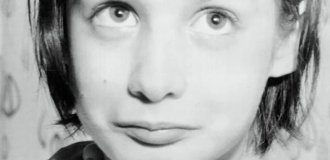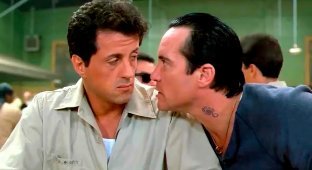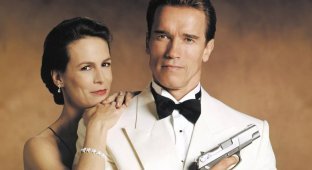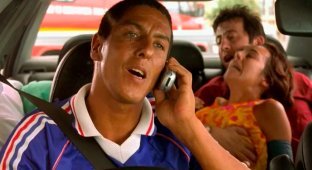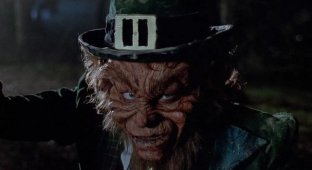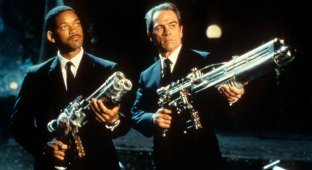How the film "The Gendarme of Saint-Tropez" was filmed with Louis de Funes: footage from the filming and 15 interesting facts about the film (23 photos)
Good old French comedies with Louis de Funes have always been appreciated in our country. 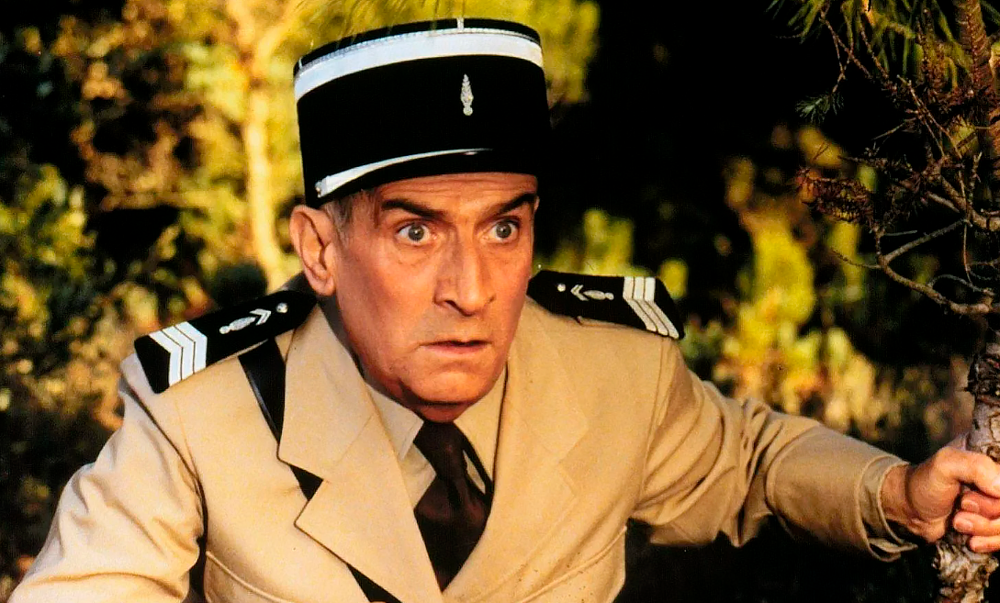
1. The series of films about the gendarmes began with screenwriter Richard Balducci, who back in 1961 wanted to make a film called “Saint-Tropez Blues” and was just looking for interesting locations for filming. 
Richard Balducci
But while he was walking around the city, his camera was stolen from his car, after which he ran to the local gendarmerie. But the gendarmes could not help Richard, telling him later with an absolutely indifferent expression that they had missed the thief.
This situation infuriated Balducci so much that he promised the gendarmes to make a comedy film about them that would “glorify” their gendarmerie.
And after he arrived home, he immediately sat down to write a script about stupid gendarmes.
But the most interesting thing is that now the Saint-Tropez gendarmerie building has its own museum dedicated to the gendarmerie, including films about gendarmes. The gendarmerie itself ceased its work in 2003.
2. After writing the script, Richard Balducci decided to share it with his friend Louis de Funes. Funes really liked the script, and especially the scene on the nudist beach. 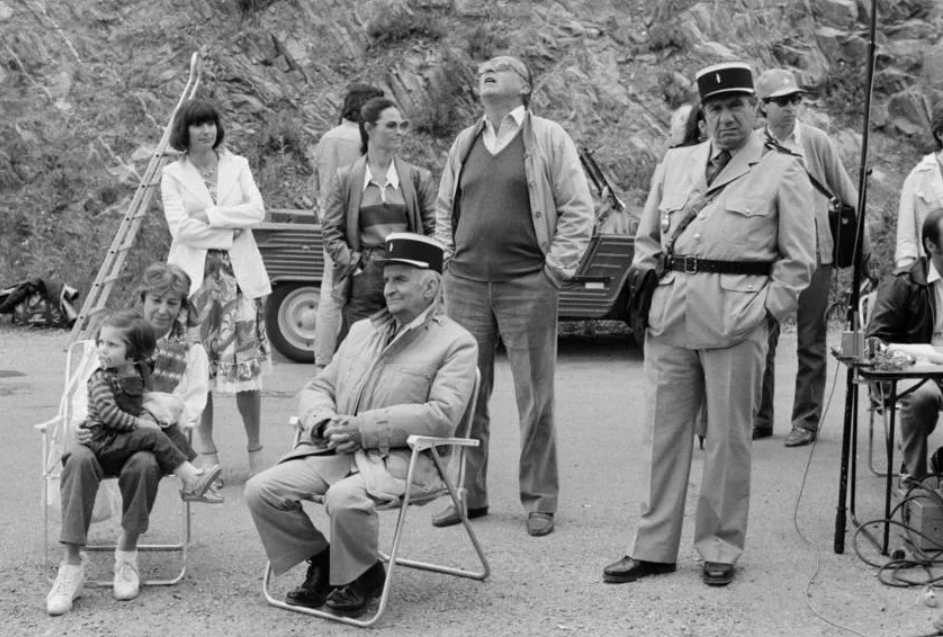
After this, Balducci showed the script to his friend director Jean Giraud, who also really liked the script. And in the end, Jean Giraud agreed to become the director of the film. 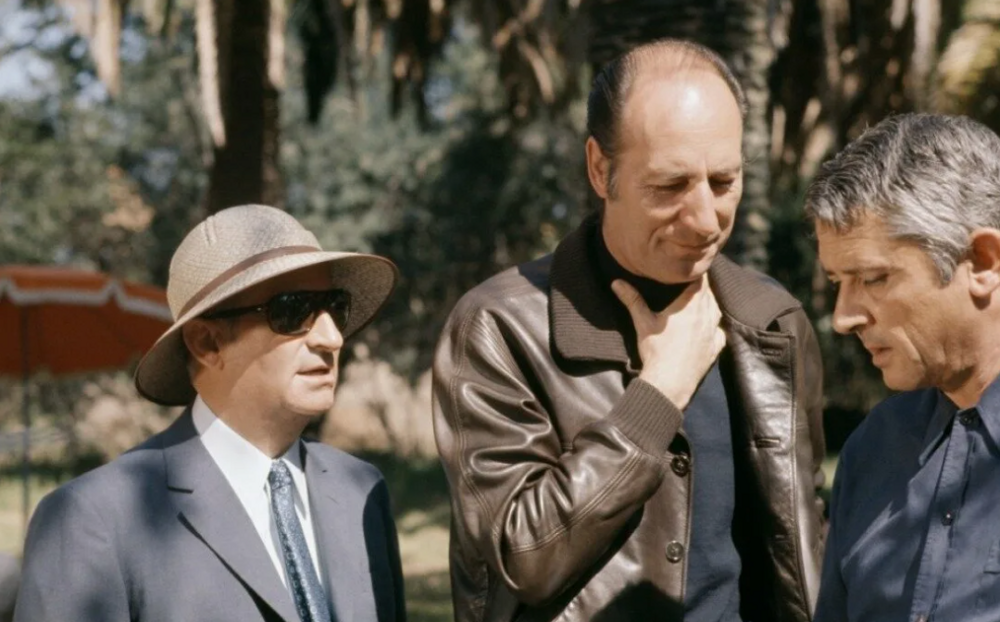
3. But if there were no problems with the director and leading actor, then with the studio things were much more complicated. Jean Giraud visited many studios, but almost everywhere he was refused, since the producers believed that films about gendarmes were not successful, citing the film “King Pandora” (1950). 
Then Jean Giraud cited the example of the successful film “The Gendarme of Chanpignol” (1959). But the producers stood their ground, saying that this was just a small exception.
But even those studios that agreed to make this film eventually abandoned this idea, because they did not want to see Louis de Funes in the leading role. They suggested casting the famous actor Francis Blanche for the role of Sergeant Cruchot. But he refused to star in the film.
Then the producers agreed to Louis de Funes, but with one condition: the film's budget would be more than modest, namely 1.3 million francs. By the way, at that time, about 3 times more money was usually allocated for filming a comedy. And since there was no other choice anyway, I had to agree to the producers’ conditions. 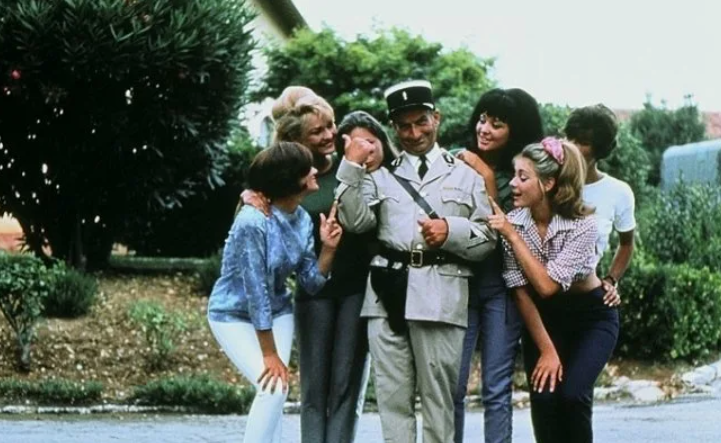
4. Actor Michel Galabru was cast in the role of Sergeant Major Gerbert. According to the actor, when he was vacationing in Saint-Tropez, while in his room, he overheard a conversation between several people who said that they needed to find a bunch of actors who would work practically for food. 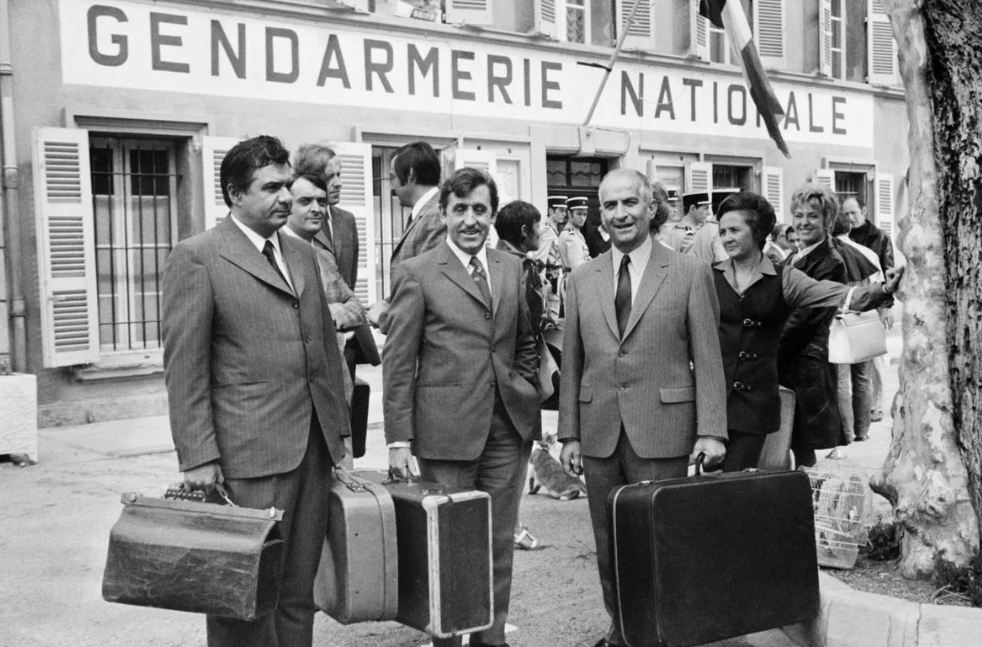
At that moment, Galabru did not attach any importance to this conversation, but when he returned home to Paris, he received an offer to play the sergeant major. He immediately remembered that same conversation, but still agreed to work for a small fee, which was 10 times less than that of Louis de Funes.
5. Filming in Saint-Tropez became a real paradise for the actors. After the shooting day was over, the actors partied to the fullest, and even managed to crash two cars that the producers lent them. 
6. Louis de Funes was a peculiar person. He tried to communicate as little as possible with young actors, and never helped them with any advice. But Jean Lefebvre, who played the gendarme Fougasse, on the contrary, loved to communicate with young colleagues and help them with one or another advice. Therefore, young people spoke very poorly of Louis de Funes as a person, but he was respected as a professional actor. 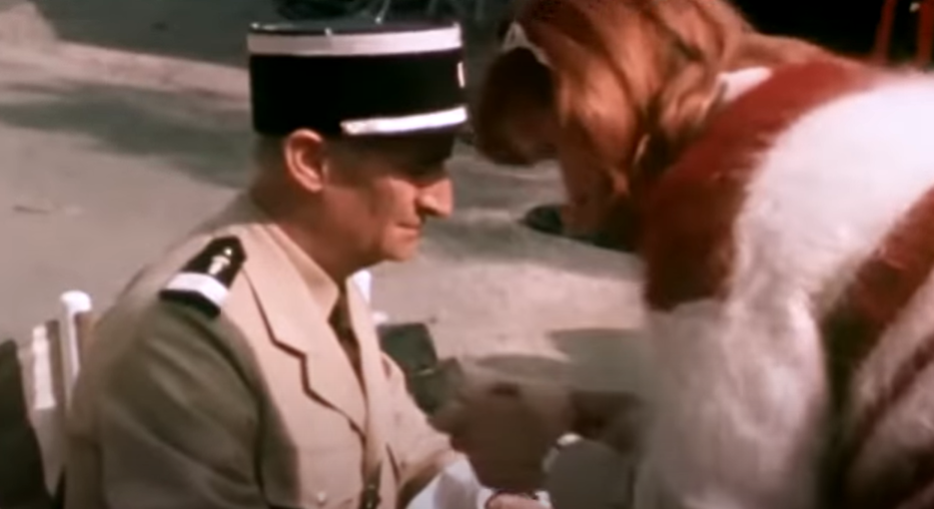
7. Jean Lefevre himself, who played Fougasse, was also a so-so person. If in the first two films about the Gendarmes he held up well, then starting from the third film Lefebvre began to “leak the roof” from the starsno illness.
There were even conflicts between Louis de Funes and Jean Lefebvre. But if in the first two films all this went beyond the set, then in the third film it almost came to a fight. The director even had to kick Lefebvre off the set for a while.
It even got to the point that the director cut out some scenes with Lefebvre from the film “The Gendarme Gets Married”, noticeably reducing his mouth. This led to Lefebvre shouting at the film's premiere that Louis de Funes and Jean Giraud had stolen his role. 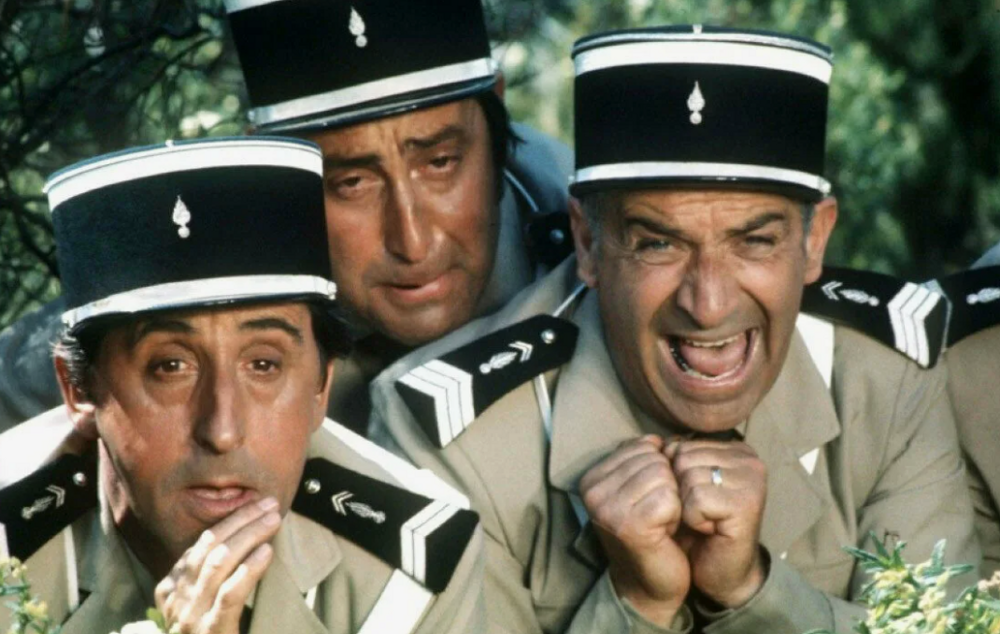
Jean Giraud could not forgive such behavior, so he later called Lefebvre a mediocre actor and the highest paid extra in the world. It was also stated that footage of Fougasse was cut because Lefevre often appeared drunk on set.
All this led to the fact that after the film “Gendarme on a Walk,” Lefebvre was no longer invited to films about gendarmes, but instead a new character was introduced - Beaupier, played by Maurice Riche. 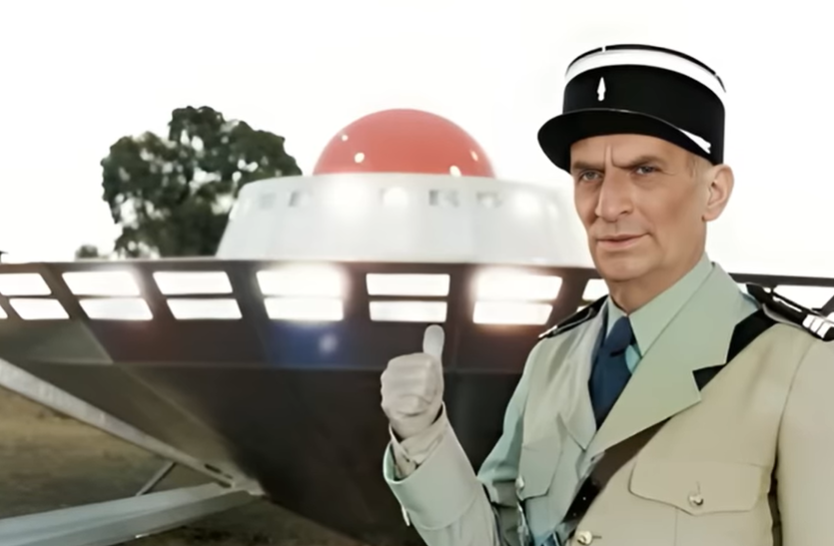
In principle, the film “Gendarme on a Walk” was the last for all the actors. In the films "The Gendarme and the Aliens" and "The Gendarme and the Gendarmes", the cast of actors playing the gendarmes was completely updated, not counting Louis de Funes and Michel Galabru.
8. Before filming began, the director strictly forbade the actors to visit local beaches, since if they sunbathed, it would look very bad on film. But in the end, no one took the director’s words seriously. And after three days, all the actors came to the set well tanned. 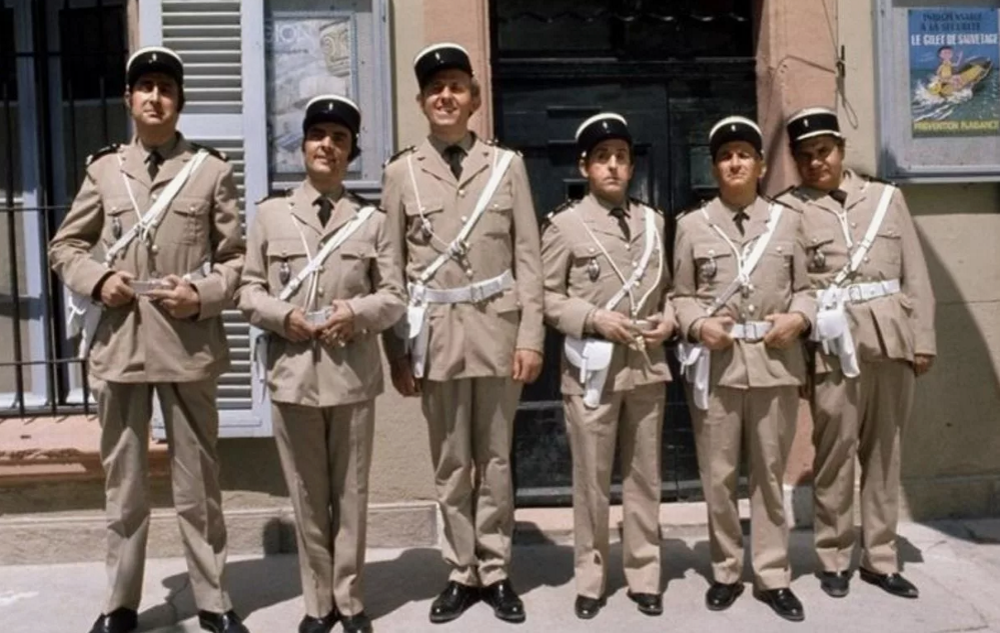
Seeing the tanned actors, director Jean Giraud literally went berserk. He screamed so furiously that everyone was simply numb with horror, because before that no one had ever heard the kind and calm Giraud raise his voice.
The make-up artists had to work hard to bring the actors' faces to a more or less normal state. 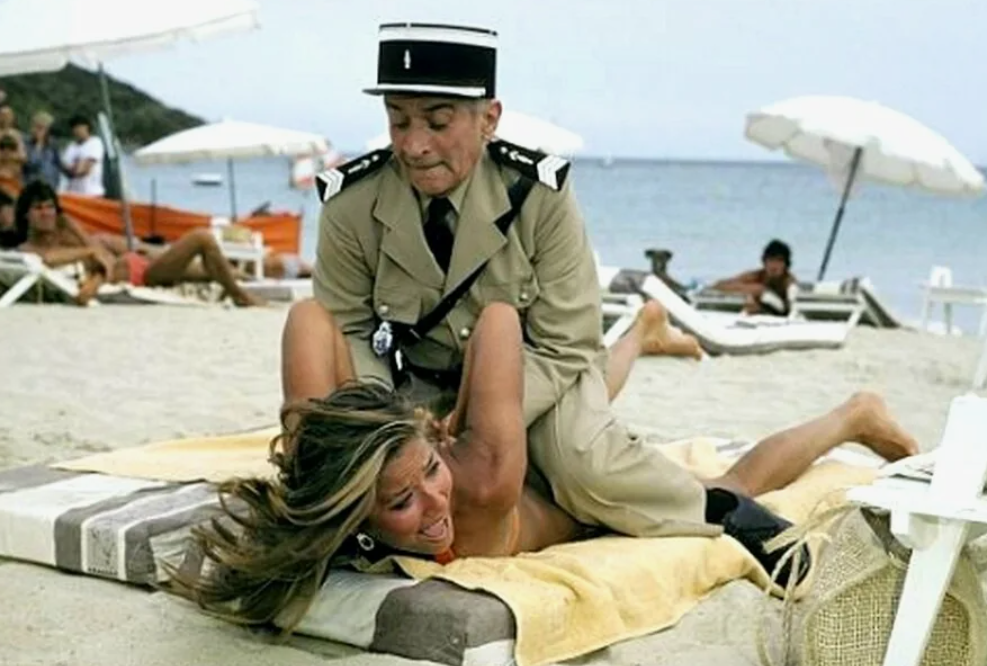
9. Whatever you say, Louis de Funes was a truly professional and charismatic actor who always took his roles very seriously. Moreover, he often improvised in the shot, made his own changes to the script if it seemed to him that a particular scene should be changed, and also added new characters that were not written in the original script.
For example, in the original script there was no nun on a motorcycle. Louis de Funes personally insisted on introducing the nun Clotilde, who drove wildly on the road, into the plot. As a result, the audience liked the scene with sister Clotilde so much that director Jean Giraud decided to use her in 4 more films about gendarmes. 
10. I think you remember that the beginning of the film "The Gendarme of Saint-Tropez" was in black and white. The fact is that director Jean Giraud was a fan of classic French black and white cinema, so he wanted to shoot his entire film in black and white. But then it was decided to abandon this idea and make the film in color. however, the black-and-white footage was still inserted into the beginning of the film. 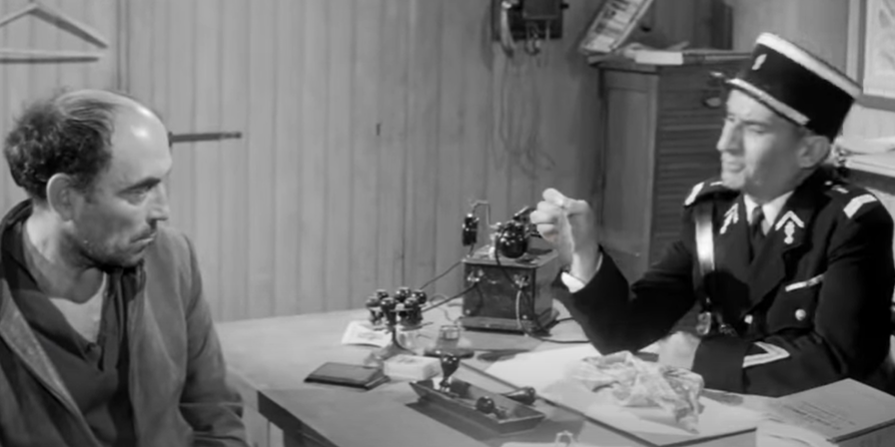
11. Louis de Funes was beside himself with anger when he found out that his character was going to get married (we are talking about the film “The Gendarme Gets Married”), since he did not want to make his character a married man. The director had to persuade the actor for a long time to agree to this. In the end, Louis de Funes agreed. 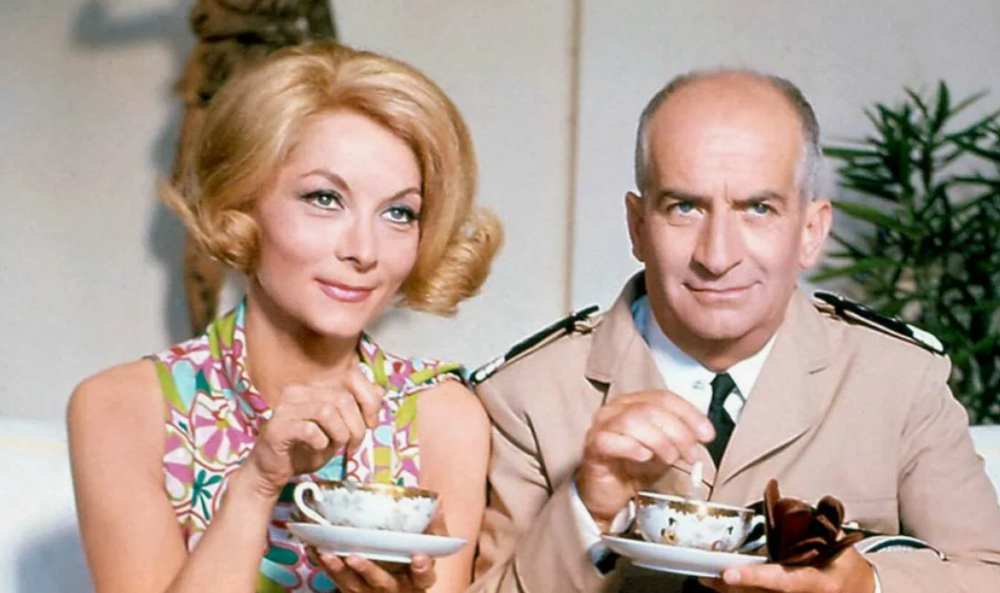
But Louis de Funes himself chose the actress for the role of Cruchot’s wife, bringing his legal wife Jeanne Augustine de Berthelemy into this process. And their choice fell on the actress Claude Jansac, whom Louis de Funes later began to call his personal talisman.
True, the director did not like the choice of the Funes couple, so during filming he did everything possible to get the actress Claude Zhansak. As the actress said, the director often ordered her to come to filming early in the morning, although filming began only in the late afternoon. 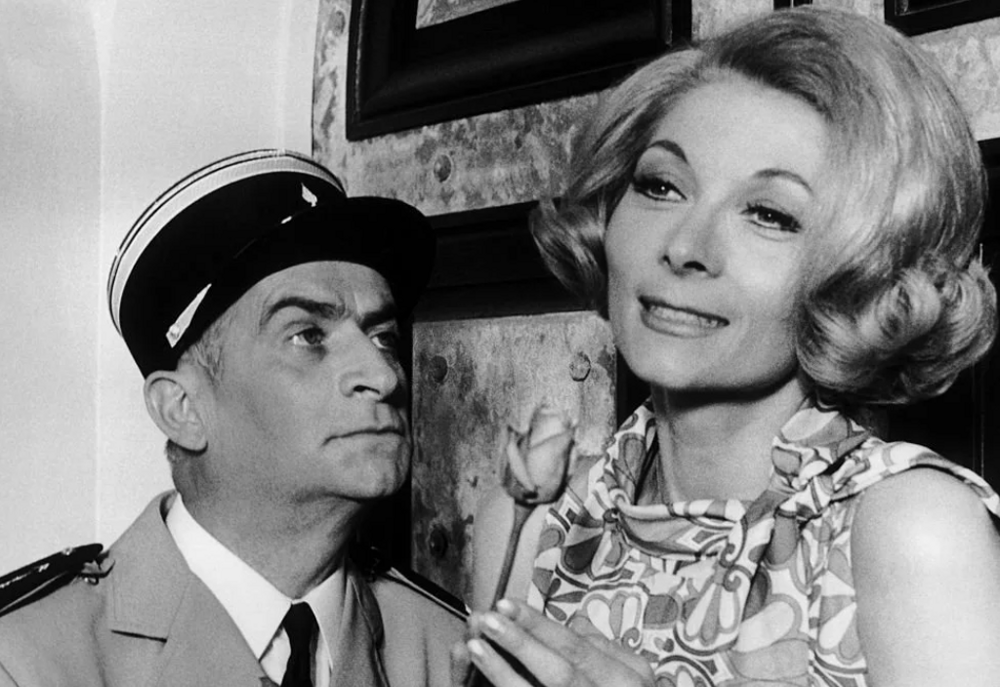
Viewers called the actress Claude Jansac nothing other than Madame de Funes, since in addition to the gendarmes, she played the wife of Funes' characters in several films. True, in the film "The Gendarme and the Aliens" the role of Josepha Cruchot was not played by ClaudeZhansak, and Maria Mauban. But in the latest film, “The Gendarme and the Gendarmetes,” Claude Zhansak returned to this role. 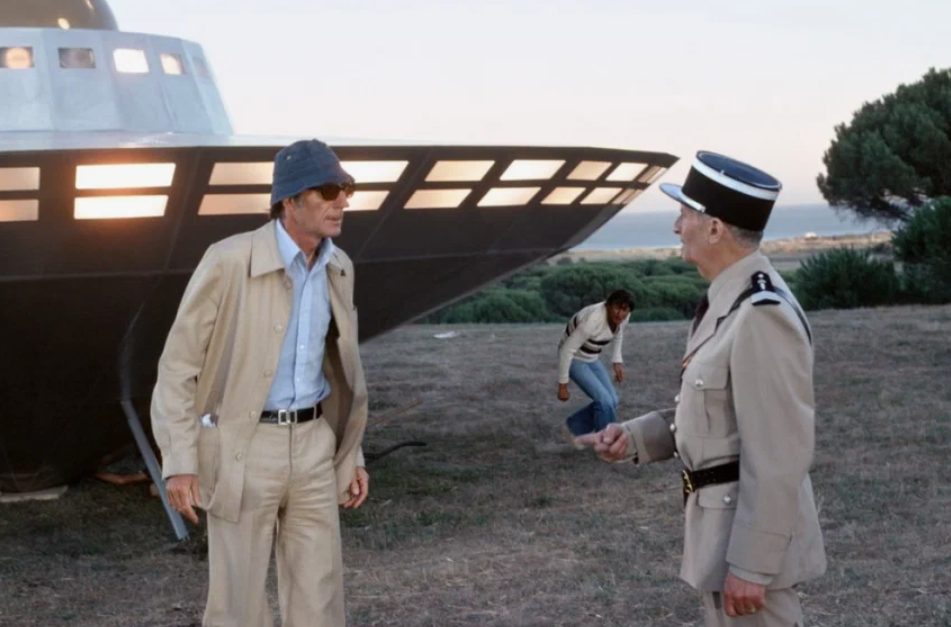
12. Louis de Funes was such a popular actor that several films were released with him a year. So, for example, in 1964, in addition to the film “The Gendarme of Saint-Tropez”, such films as “The Box Game”, “A Mouse Among Men” and, of course, the cult film “Fantômas” were released.
By the way, it was from this moment that Louis de Funes’s career essentially began to take off, despite the fact that even before that he had starred in several dozen films. 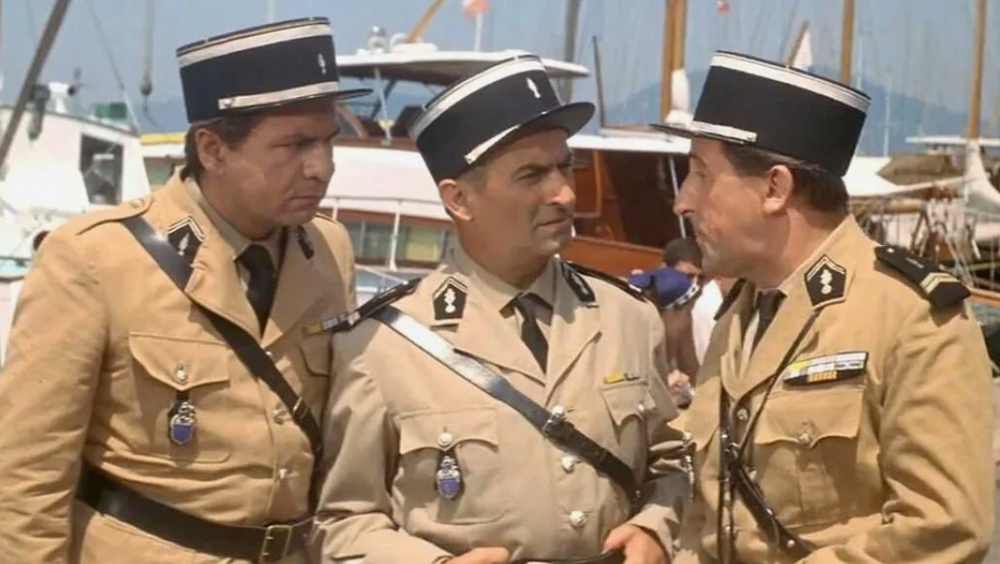
13. In 1982, the last film about gendarmes was released - “The Gendarme and the Gendarmes” (“The Gendarme and the Gendarmes in Skirts”). Jean Giraud himself had no intention of closing the project. He planned to further develop the franchise. But, unfortunately, the director died in July 1982, so his assistant, Tony Aboyants, had to complete the filming. 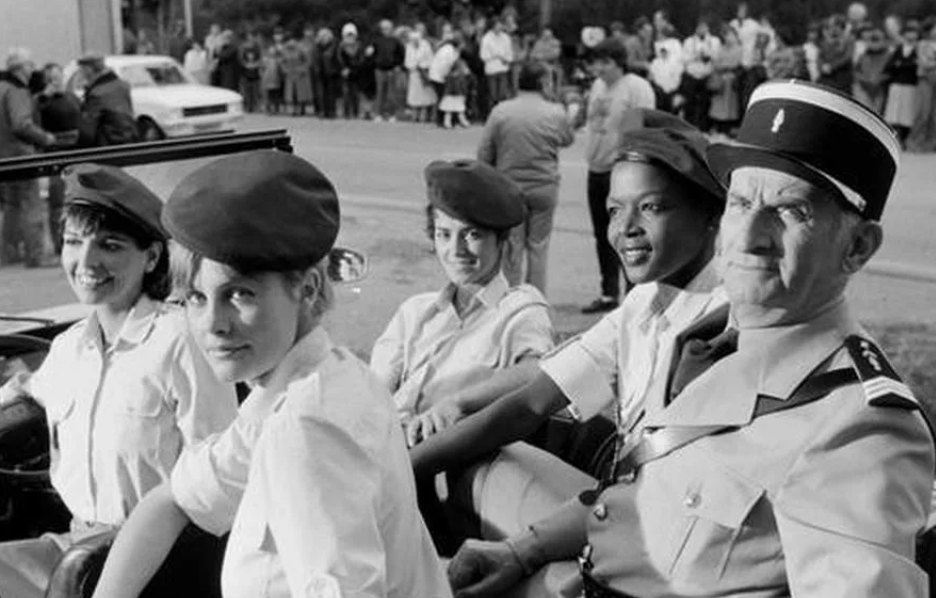
And two years later, at the age of 68, Louis de Funes himself died. Naturally, without Jean Giraud and Louis de Funes there was no point in making new films about gendarmes.
But in 1984, at the age of 68, Louis de Funes himself passed away, so there was simply no point in continuing to make new films about gendarmes without him. 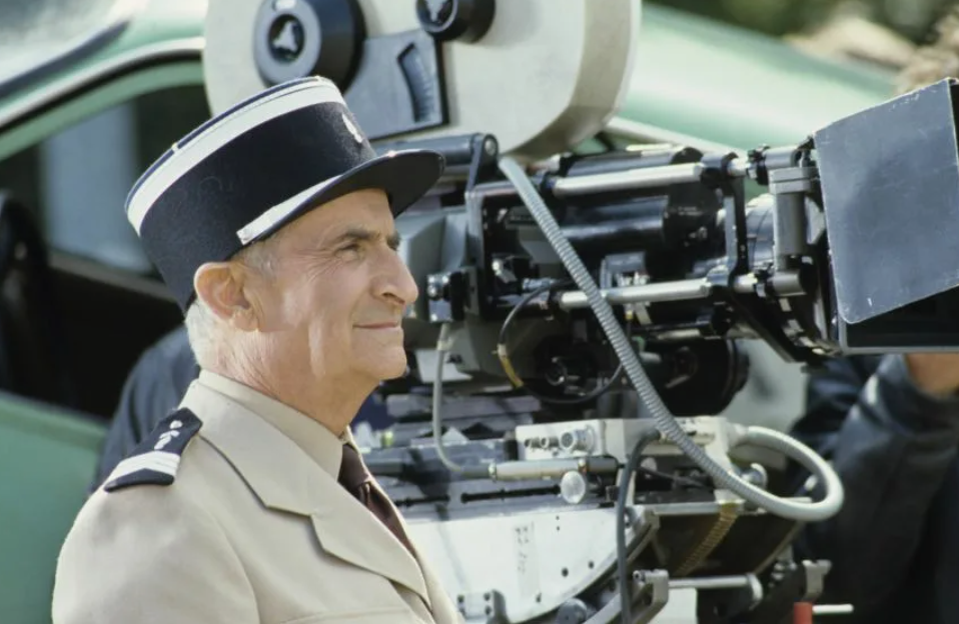
14. In the film “Gendarme on a Walk,” the same castle of the Cruchot family is actually the ancestral castle of Louis de Funes himself, which he provided for filming. 
15. Despite the fact that the first film was “Gendrame from Saint-Tropez,” Soviet viewers began watching films starting with the second film, “Gendarme in New York.” And all because the scenes on the nudist beach did not pass strict Soviet censorship. 

